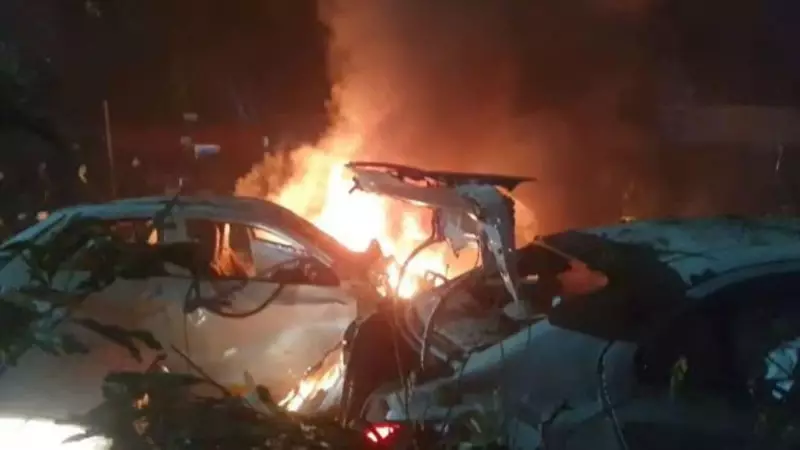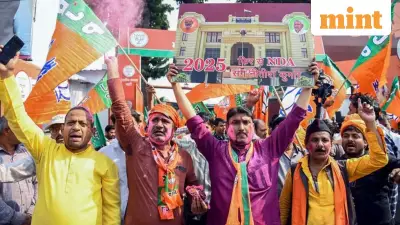
India's capital region faced dual crises over the weekend as toxic smog continued to choke Delhi while a devastating explosion rocked a Jammu and Kashmir police station, leaving at least nine people dead.
Delhi's Air Quality Crisis Intensifies
Delhi residents woke up to another day of hazardous air quality on Saturday, with the smog situation deteriorating further into the severe category. The thick haze significantly reduced visibility across the city and slowed morning traffic as people struggled through another day of dangerous pollution levels.
The Early Warning System recorded an Air Quality Index (AQI) of 386 at 7 am, while other monitoring systems showed even more alarming numbers. AQI.in placed the pollution levels at 470, which health experts equate to smoking approximately 12 cigarettes per day.
Officials explained that the variation in readings stems from differences in monitoring parameters and station locations across the National Capital Region. Despite these technical differences, all indicators pointed to consistently dangerous air quality that poses serious health risks to the population.
GRAP Restrictions Extended Across Delhi-NCR
With no improvement in sight, the Commission for Air Quality Management has taken decisive action by extending GRAP Stage III restrictions across the entire Delhi-NCR region. This marks the continuation of emergency measures designed to combat the worsening air pollution crisis.
The Graded Response Action Plan (GRAP) Stage III includes several stringent measures such as banning construction activities, restricting the operation of certain vehicle types, and implementing additional industrial restrictions. The extension indicates authorities anticipate the toxic smog conditions will persist in the coming days.
Deadly Explosion in Jammu and Kashmir
While Delhi battled environmental challenges, a tragic incident unfolded in Jammu and Kashmir where at least nine people lost their lives in a powerful explosion at the Nowgam police station late Friday night. The death toll may potentially rise as investigations continue and the full impact of the blast becomes clearer.
The Centre revealed on Saturday that the explosion occurred during a forensic sampling procedure. The explosives involved in the incident had been recovered earlier from a terror module linked to the Red Fort blast case and were stored in an open area of the police station when the accidental detonation occurred.
This development has intensified scrutiny of what investigators are calling a "white-collar terror module" operating across Jammu and Kashmir, Haryana, and Uttar Pradesh. The extensive network has already led to the seizure of nearly 2,900 kg of explosives and the detention of eight suspects, including three medical doctors.
Investigators are still working to identify the module's intended targets and determine the full scope of their operations. The Red Fort case continues to unfold as authorities piece together the connections between the recovered explosives and the wider terror network.
Ongoing Investigations and Public Health Concerns
Both crises continue to develop simultaneously, with authorities grappling with immediate response and long-term solutions. In Delhi, the extended GRAP measures represent the government's attempt to control a recurring environmental emergency that affects millions of residents each winter.
Meanwhile, in Jammu and Kashmir, the investigation into the terror module and the circumstances surrounding the Nowgam police station explosion remains active. The incident has raised questions about safety protocols for handling seized explosives and highlighted the ongoing security challenges in the region.
As Delhi residents endure another smog-filled season and Jammu and Kashmir mourns the lives lost in the explosion, both situations underscore the complex challenges facing different regions of India and the urgent need for effective solutions to both environmental and security threats.





